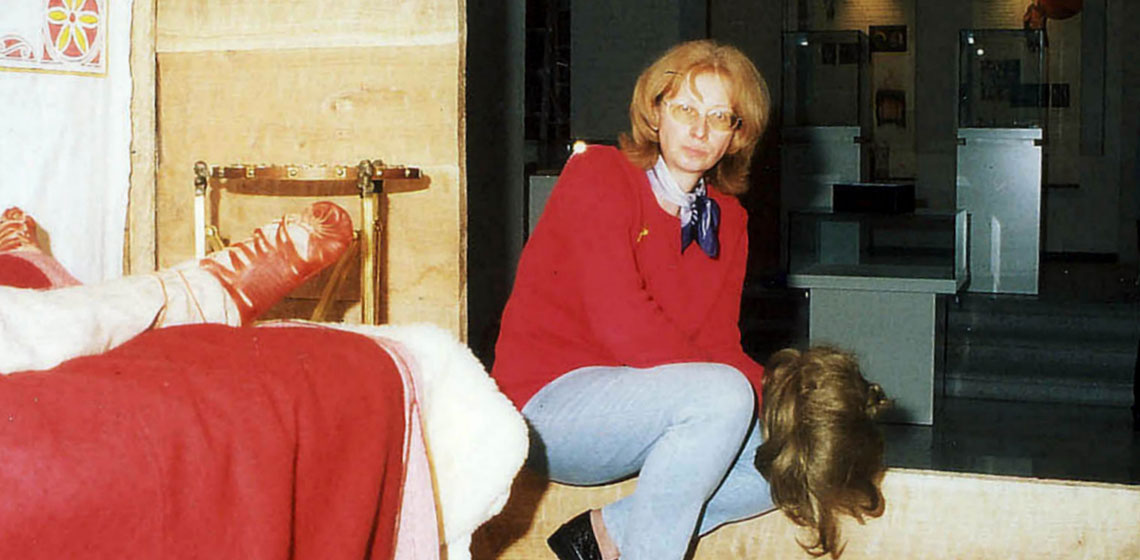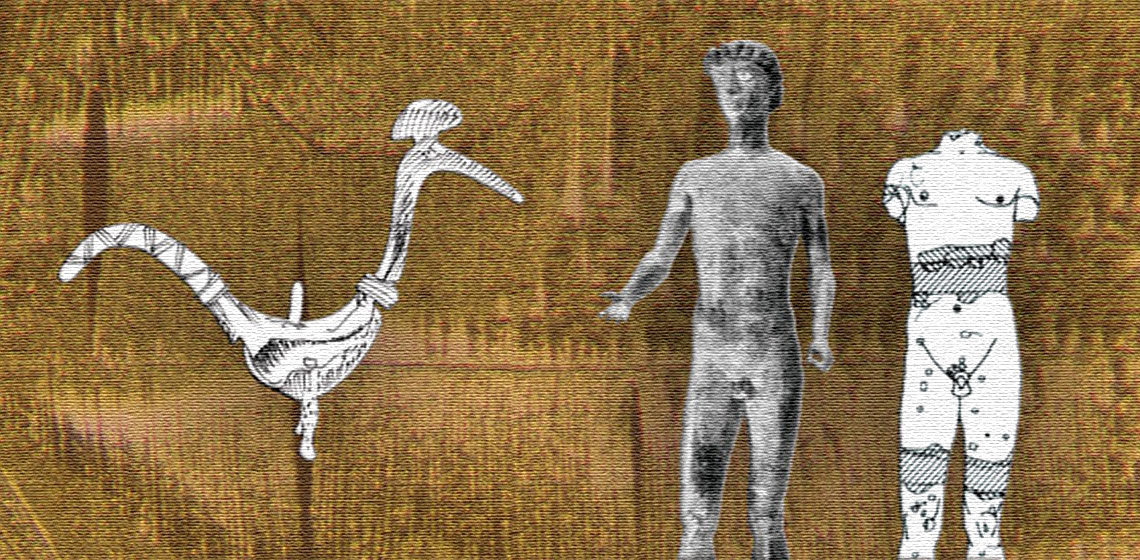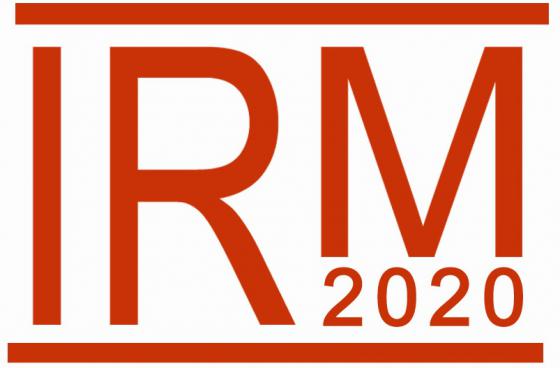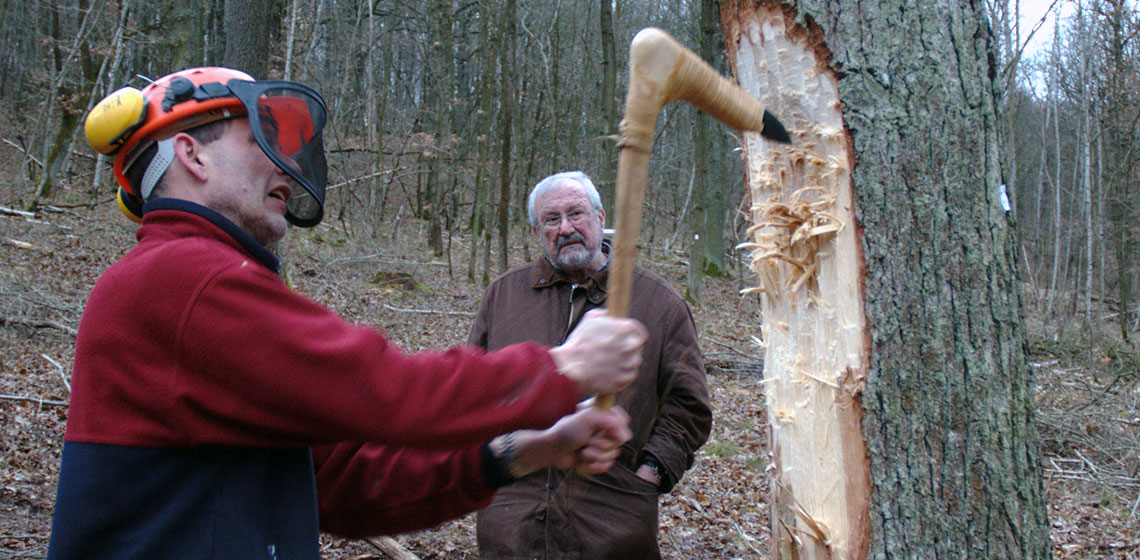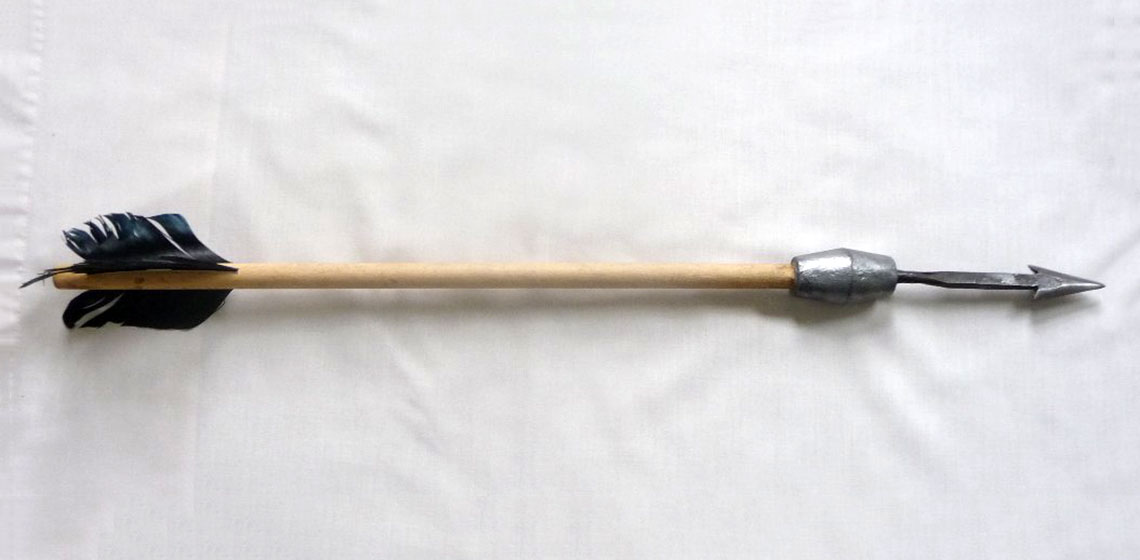Legionärspfad (CH)
The Legionary Trail is a Roman archaeological park in Windisch/Brugg, (nearby Zurich), in the canton of Argovia. It stands on the historical site of the only Roman army camp ever established in Switzerland. Visitors discover ten archaeological sites and accurately reconstructed Roman military barracks from the 1st century AD. Originally, the camp spread out over some 20 hectares. The barracks were first built out of timber and clay by the soldiers of the 13th legion. Over the years, a civilian settlement developed outside the legionary camp, which grew to around 45 hectares and probably accommodated some 10,000 inhabitants.
The Legionary Trail is a Roman archaeological park in Windisch/Brugg, (nearby Zurich), in the canton of Argovia. It stands on the historical site of the only Roman army camp ever established in Switzerland. Visitors discover eight archaeological sites and ...


